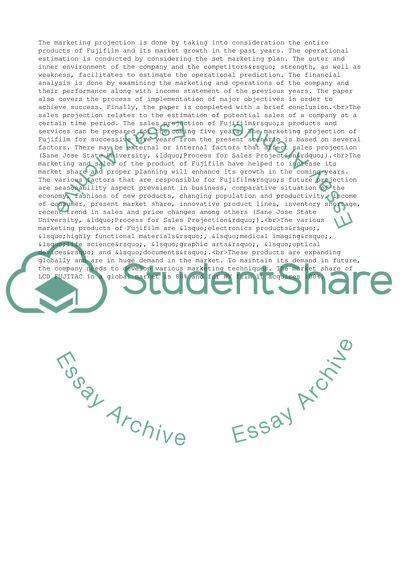Cite this document
(“Strategic Management Case Study Example | Topics and Well Written Essays - 2250 words - 1”, n.d.)
Strategic Management Case Study Example | Topics and Well Written Essays - 2250 words - 1. Retrieved from https://studentshare.org/management/1577471-strategic-management-fujifilm-case-study
Strategic Management Case Study Example | Topics and Well Written Essays - 2250 words - 1. Retrieved from https://studentshare.org/management/1577471-strategic-management-fujifilm-case-study
(Strategic Management Case Study Example | Topics and Well Written Essays - 2250 Words - 1)
Strategic Management Case Study Example | Topics and Well Written Essays - 2250 Words - 1. https://studentshare.org/management/1577471-strategic-management-fujifilm-case-study.
Strategic Management Case Study Example | Topics and Well Written Essays - 2250 Words - 1. https://studentshare.org/management/1577471-strategic-management-fujifilm-case-study.
“Strategic Management Case Study Example | Topics and Well Written Essays - 2250 Words - 1”, n.d. https://studentshare.org/management/1577471-strategic-management-fujifilm-case-study.


